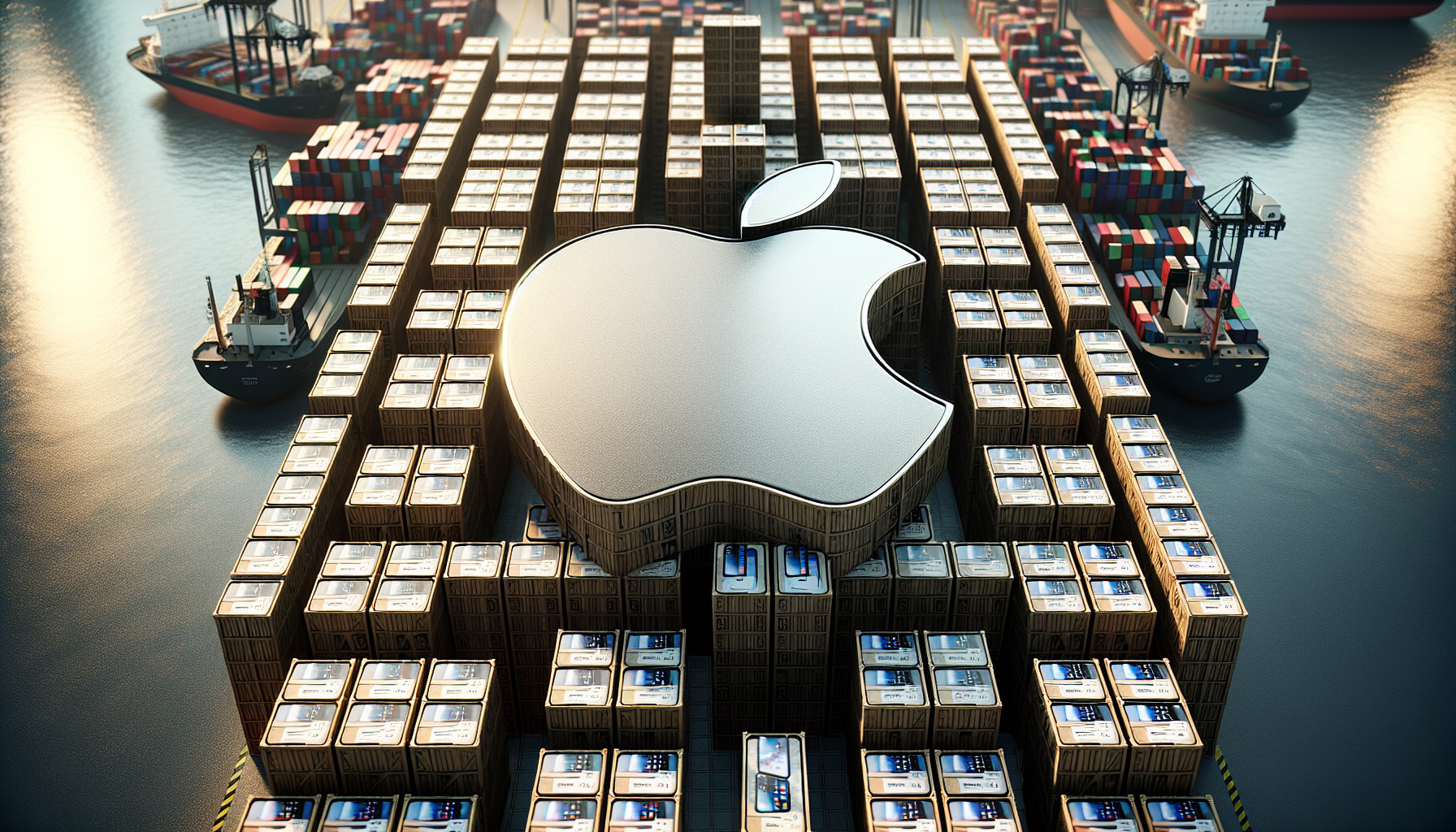
The Canalys quarterly report reveals that over half of Apple’s Q4 smartphone shipments in India, nearly 2.8 million units, were of the iPhone 15 and its variants. The device has seen significant success in India, especially during the festive sales season that aligns with Diwali celebrations.
Diwali, also known as the light festival, generally occurs in October but was celebrated in November last year as per the Hindu calendar. This timing provided Apple with the opportunity to market the iPhone 15 during the festive sales, stated Sanyam Chaurasia, a senior analyst at Canalys.
Several notable updates in the iPhone 15 series, such as USB-C, the Dynamic Island design, and a matte back finish on all models, have drawn both new and existing iPhone users in India, where Android maintains a dominant market share of over 95%.
Chaurasia pointed out that favorable financing options, an improved consumer landscape, and an expanding retail presence have made the iPhone 15 series more attractive to Indian consumers compared to older models.
Apple started selling the iPhone 15 series in India in September, with the first batch being locally assembled. However, Apple still possesses a small market share of 7% in India, the world’s second-largest smartphone market.
Canalys reports that Apple’s shipments saw nearly a 32% quarter-on-quarter rise in Q4. During this time frame, Samsung and Xiaomi were the top smartphone vendors in India, securing market shares of 21% and 17% respectively.
The hefty price tags of iPhones in India are a significant hindrance preventing Apple from becoming a leading smartphone vendor in the country. Despite local assembly, iPhones remain substantially pricier in India than in the U.S. Nevertheless, Apple is gaining more recognition among Indian consumers and is enhancing its local presence.
In Q4, smartphone shipments in India experienced a 20% year-on-year surge, with close to 39 million units shipped. Canalys anticipates the Indian smartphone market to expand by mid-single digits in 2024, propelled by affordable 5G and the replacement cycle after the pandemic.